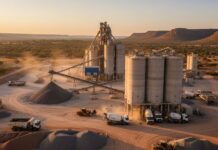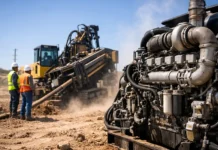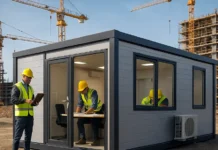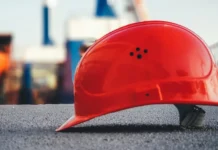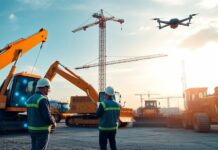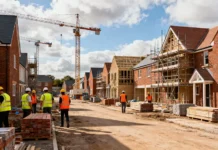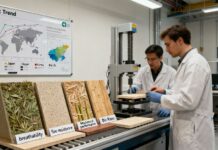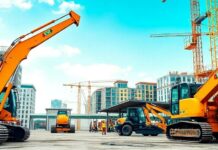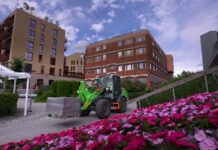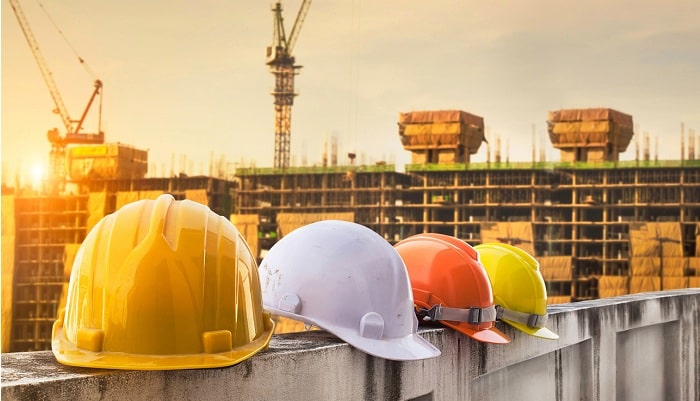Unrestricted construction work was associated with an increased risk for COVID-19 hospitalization and community transmission, according to a study conducted in Texas.
The results, published in JAMA Network Open, also indicate that workplace safety policies and paid sick leave can be leveraged to protect essential workers in other industries.
“This study demonstrates the feasibility of data-driven COVID-19 projections to inform local mitigation strategies and anticipate health care needs,” Remy F. Pasco, MEng, a PhD student in the University of Texas at Austin’s department of integrative biology, and colleagues wrote. “It also provides evidence that opening industries that require daily contact between workers, especially indoors, can jeopardize the health of the workforce and community during waves of the COVID-19 pandemic.”
Pasco and colleagues used a COVID-19 transmission model that focused on construction workers. It was based on residents in the Austin-Round Rock metropolitan area, with a population of 2.17 million. They examined potential connections between construction work during the pandemic and hospitalization rates among construction workers in the area. The authors accounted for construction workforce size, social distancing interventions and level of disease transmission at worksites.
Unrestricted construction work was associated with a spike in COVID-19-related hospitalization rates from 0.38 per 1,000 residents to 1.5 per 1,000 residents through August. Unrestricted construction was also connected with increased COVID-19-related hospitalizations among construction workers specifically, jumping from 0.22 per 1,000 workers to 9.3 per 1,000 workers through August. Safety measures, including equipment cleaning, protective equipment, increased health surveillance and limits on worker capacity at a given site, were associated with a 50% decrease in transmission risk.
According to the researchers, the RR of COVID-19 hospitalization among construction workers was 4.9 (95% CI, 3.8-6.2) — roughly 5 times the risk compared with other adults aged 18 to 64 years in other occupations.
“The excess disease burden among workers and their families and the spillover into the city may be substantial and exacerbated by overlapping risks in low-income communities,” the researchers wrote. “Industry-specific analyses, like [this one], can provide critical information for policymakers struggling to balance competing public health and economic needs during the COVID-19 pandemic. Moreover, they reflect the downstream benefits of providing resources and regulations to reduce exposure risks, including access to personal protective equipment, cohorting, and physical distancing at worksites, as well as incentives for workers with underlying conditions or symptoms to stay home.”



